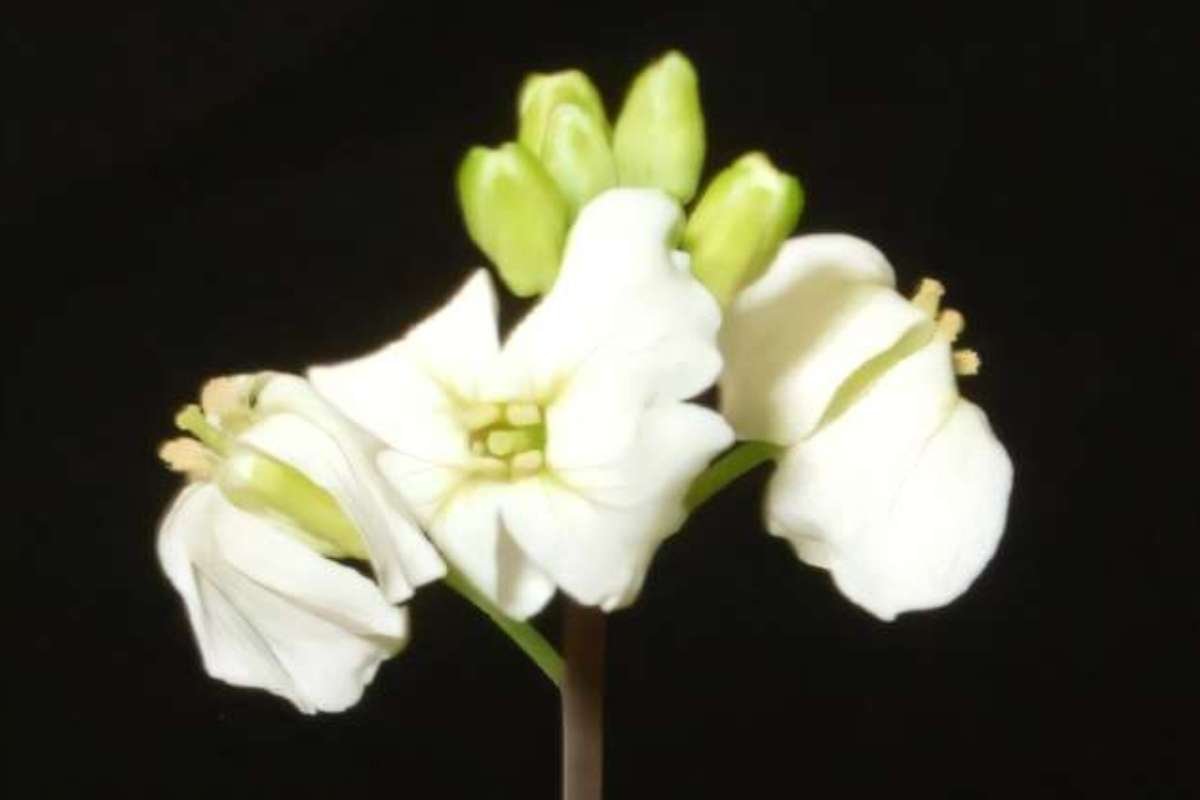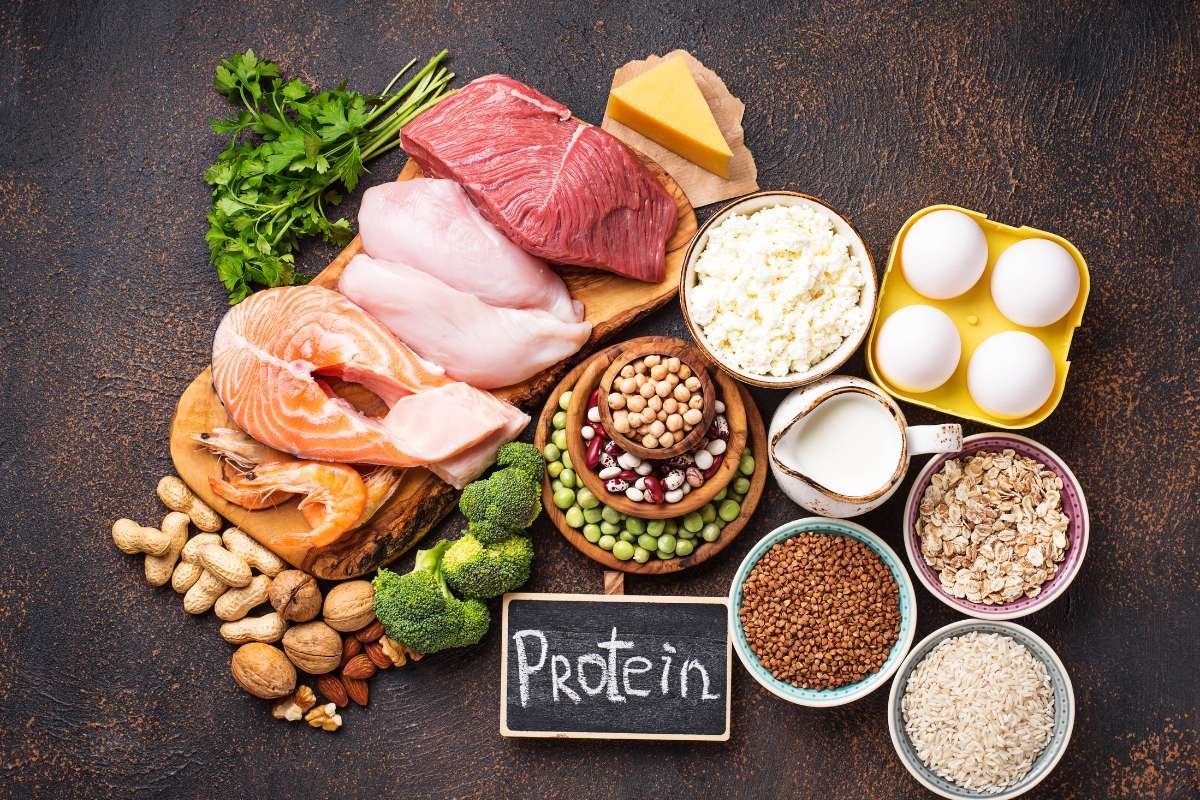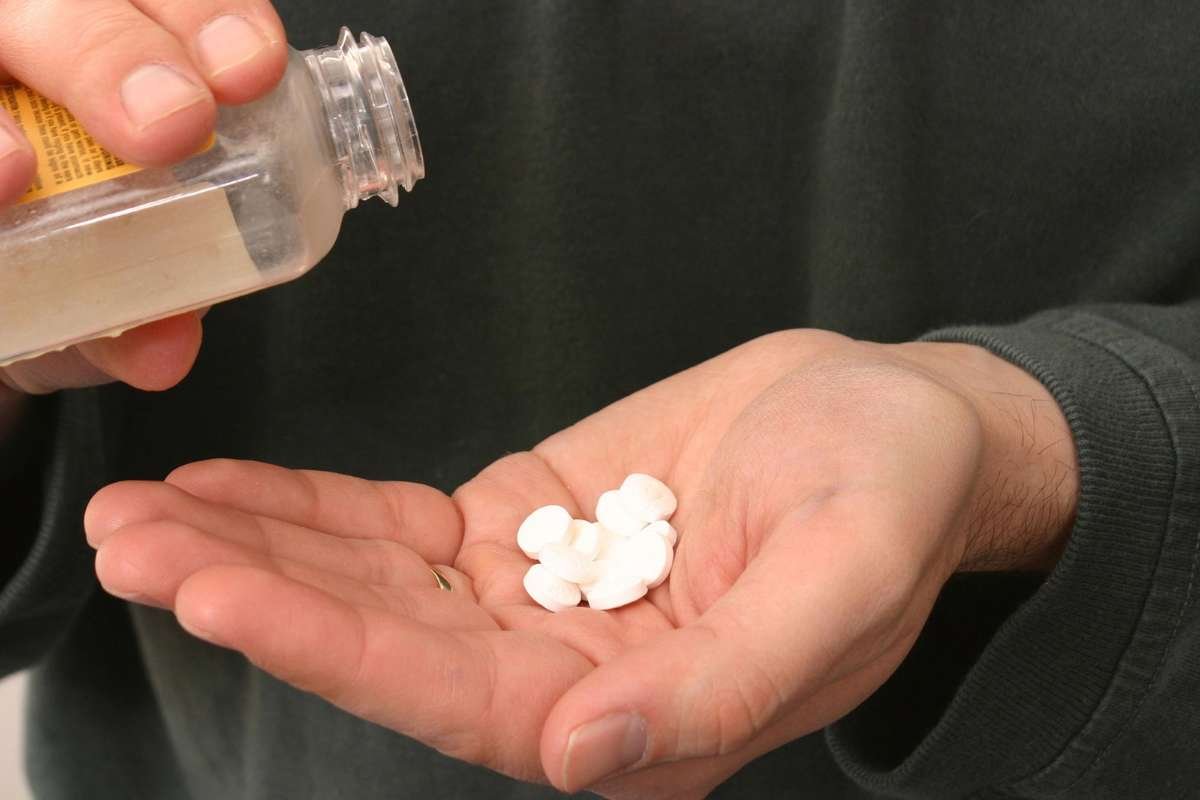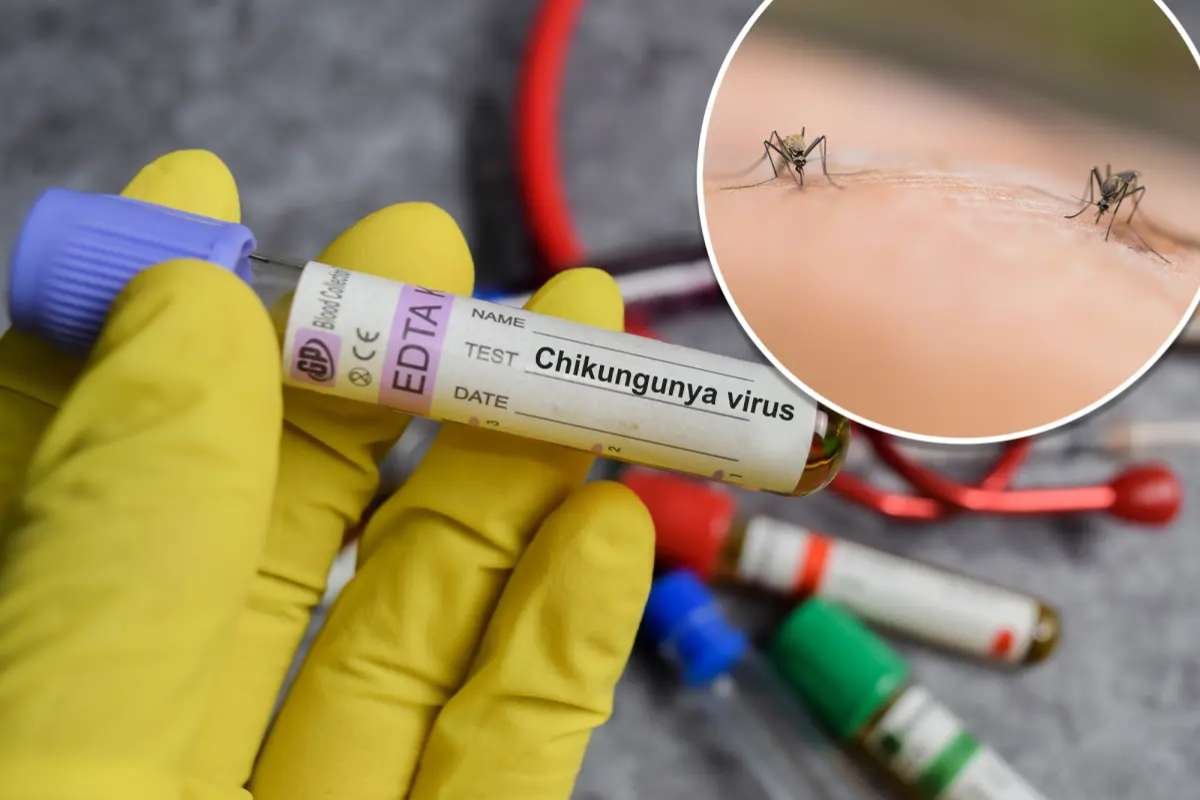Breakthrough Study Sheds Light on Centromere Evolution
A research team from the University of Tokyo, led by Sayuri Tsukahara and Tetsuji Kakutani, has unraveled the mechanism of Retrotransposon Integration, whereby these genetic elements—known for their ability to “jump” across chromosomes—preferentially insert themselves into the centromere.These findings, published in Nature, provide critical insights into the evolutionary role of retrotransposons and their interaction with the centromere, a chromosome region crucial for cell division and genetic transmission.
The centromere, often likened to the waist of a chromosome for its dividing role, has long fascinated scientists due to its conserved function in eukaryotes despite significant DNA sequence variations across and within species. This apparent contradiction, termed the “centromere paradox,” has puzzled researchers for years. Retrotransposons, which drive rapid genetic evolution, are known to contribute to centromere variability, but the exact mechanisms of their integration have remained unclear—until now. Focusing on the plant Arabidopsis lyrata (lyrate rockcress), the team investigated how retrotransposons Tal1 and EVD integrate into centromere and chromosomal regions.
Innovative Techniques Unlock Genetic Mysteries
The study became feasible due to recent advances in DNA sequencing and a cutting-edge method called TEd-seq, designed to efficiently detect retrotransposon insertions. By combining these tools, the researchers successfully mapped the insertion sites of Tal1 and EVD onto the centromere and chromosomal arms of A. lyrata.
Lead researcher Sayuri Tsukahara expressed her team’s surprise at the results. “Retrotransposon Tal1 displayed a strong bias for integrating into the centromere, with almost no insertions in the chromosomal arm regions. In contrast, EVD predominantly targeted the chromosomal arms, despite being closely related to Tal1.” These findings underscored the distinct behavior of the two retrotransposons and hinted at an underlying mechanism guiding their integration patterns.
Further experimentation revealed that swapping a specific c-terminal integrase region between Tal1 and EVD reversed their insertion biases. This discovery not only highlighted the complexity of retrotransposon integration but also pointed to molecular factors that determine site-specific integration.
Implications and Future Directions
The team’s findings pave the way for deeper exploration into the sophisticated mechanisms behind retrotransposon behavior. Tsukahara emphasized the potential of this research to unravel how retrotransposon insertions influence centromere function and inheritance. “Understanding the factors that bind to Tal1 and investigating the transmission bias in offspring could shed light on the broader impact of retrotransposons on genome evolution,” she explained.
This study marks a significant step in resolving the centromere paradox and highlights the evolving interplay between genetic elements and chromosome architecture. With further research, the team hopes to uncover additional intricacies of centromere-specific retrotransposon integration, offering profound implications for evolutionary biology and genetic engineering.







